Cyanoacrylates
The cyanoacrylate adhesives solidify upon contact with hydroxyl ions that either contain water or ambient humidity. These adhesives are not suitable for filling cavities so the surfaces to be glued should be adjusted as best as possible to achieve a perfect contact, so that the adhesive film is as thin as possible. There are different formulations and viscosities taking into account the to be joined elements’ porosities and compositions. We also have cyanoacrylate activators that reinforce the gluing’s speed.
The cyanoacrylate is generally an acrylic resin, which polymerizes rapidly in water's presence; forming long and strong chains. They are colorless and low viscosity liquids. Methyl-2-cyanoacrylate is used as a cyanoacrylate adhesive component and its heating causes depolymerization.
The development of this family of products has been enormous in recent years. From the adhesive’s black color appearance to the gel usage’s intensification; thixotropic, for extreme loads… Also, primers for this purpose have been developed for difficult-to-adhere bonding materials, such as polyolefins (propylene, polyethylene), silicone or PTFE.
Filler materials have also been developed which are in fact special granulates that allow small bonding surfaces’ augmentation and stabilization. They also fill holes and cracks. Always mixed with the adhesive.
Its use has spread so much that today we find them in a myriad fields of application: in the electrical industry, electronics, machinery, metallurgy, automotive, modeling, furniture industry, in the processing of plastic materials, dentistry, nail gluing, the rubber industry, lighting, etc.

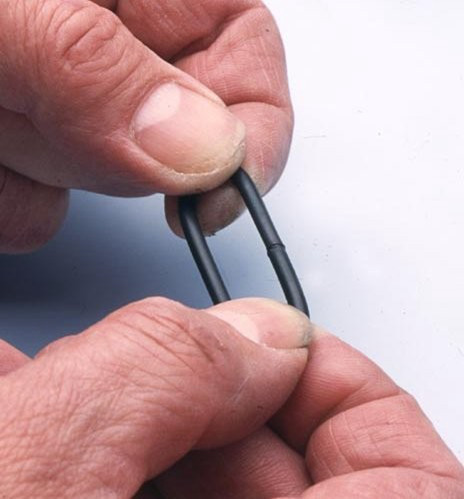

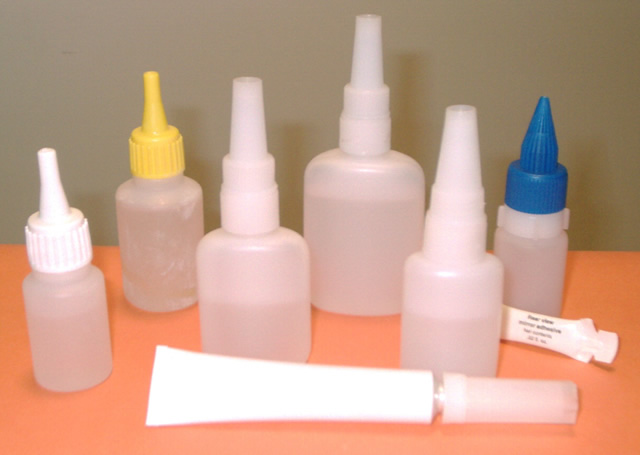
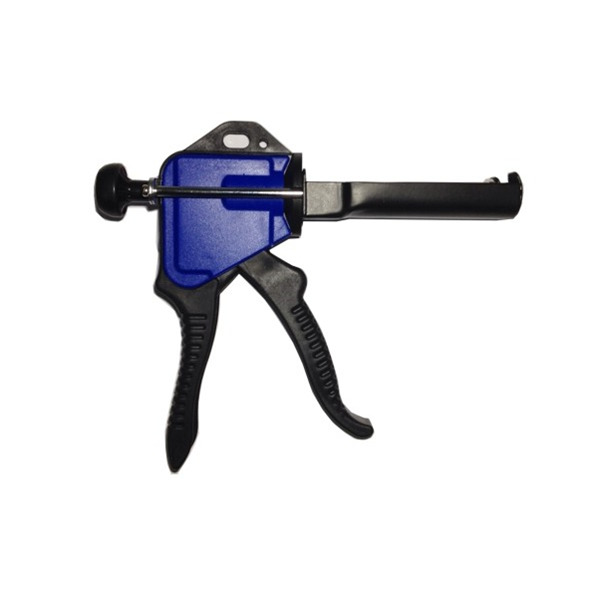
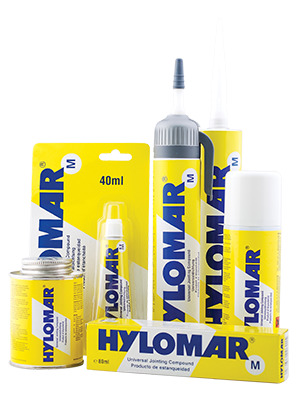
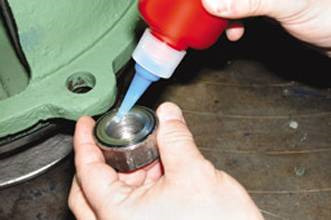
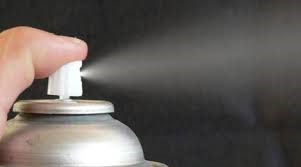
Reviews
There are no reviews yet.